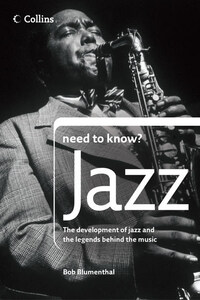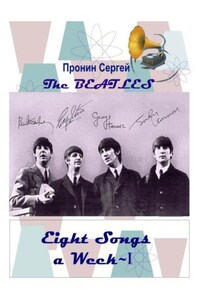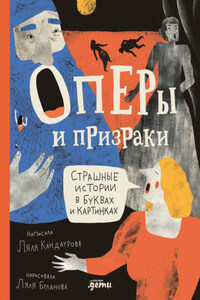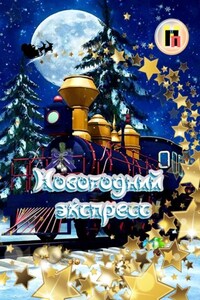Introduction
As we move from the twentieth century â the jazz century â the music that has been called âAmericaâs only art formâ appears more multifaceted than ever. As a result, defining this now-venerable four-letter word is an ever more elusive enterprise, with any results destined to be as controversial as they have proven to be since the word jazz (or its early variant jass) first gained currency 90 years ago.
did you know?
Whatâs jazz? Fats Waller declared that if you have to ask, youâll never know.
We surely cannot hope to return to the first jazz histories, written shortly before the Second World War, and find reliable guidance regarding what the music has become. Jazz has changed and â despite occasional creative troughs in which some have mourned its passing â is changing still.
So the language that we use to talk about jazz changes as well. The style that was originally played in New Orleans, which was jazz pure and simple during the 1920s (the âJazz Ageâ), became traditional jazz about 20 years later, to distinguish it from modern jazz. Someone should have foreseen the problems such a term invited, since it was not long before âmodern jazzâ denoted a historically specific style of the music. Indeed, present-day jazz is no longer called modern (is present-day anything called modern?), and only the most commercially palatable style of todayâs jazz is called contemporary.
Yet the struggle to pin jazz down â to capture its essence â continues. The unabridged Random House Dictionary of the English Language touches the important bases in its primary definition, citing the musicâs origins around 1900 in New Orleans and its propulsive rhythms, stress on improvisation, and increasingly complex harmonies as time passed. Other definitions remind us that the term has also entered the popular vernacular as a synonym for excitement (âIâm all jazzed upâ) and excrement (âDonât give me any of that jazzâ), without alluding to jazzâs most notorious early usage as slang for sexual intercourse (as in âThe Jazz Me Bluesâ). This last, figuratively four-letter usage has struck some who create the music as so indicative of societyâs failure to honour both them and it that they have rejected the word jazz entirely.
An early photograph of jazz musicians in performance.
Pianist Jimmy Rowles said that âJazz is a fleeting momentâ.
Some practitioners have made their own attempts at definition. In an album title the pianist Jimmy Rowles called jazz a âfleeting momentâ, complementing critic Whitney Ballietâs more famous conceit that jazz is the sound of surprise. These notions stress the improvisational aspect of jazz, but does this mean that all jazz is improvisational? When Count Basie declared that jazz was nothing more than swinging the blues, did he mean all jazz? There was no mention of blues in the dictionary definition cited above, and Basie himself recorded loads of music (including such signatures as âApril in Parisâ and âLâil Darlinââ) that are not blues in structure or nuance. Basieâs band always played with a propulsive rhythm, though, so is swing the essence we seek? Not unless we redefine that term to include the more irregular and esoteric rhythmic terrain of the free improvisers, the clave of Afro-Cuban music that informs Latin jazz, the samba inflections adapted from Brazilian bossa nova, and other international beats that jazz musicians hear and apply from around the world.

Pianist and bandleader Count Basie once offered that jazz is nothing more than âswinging the bluesâ.








